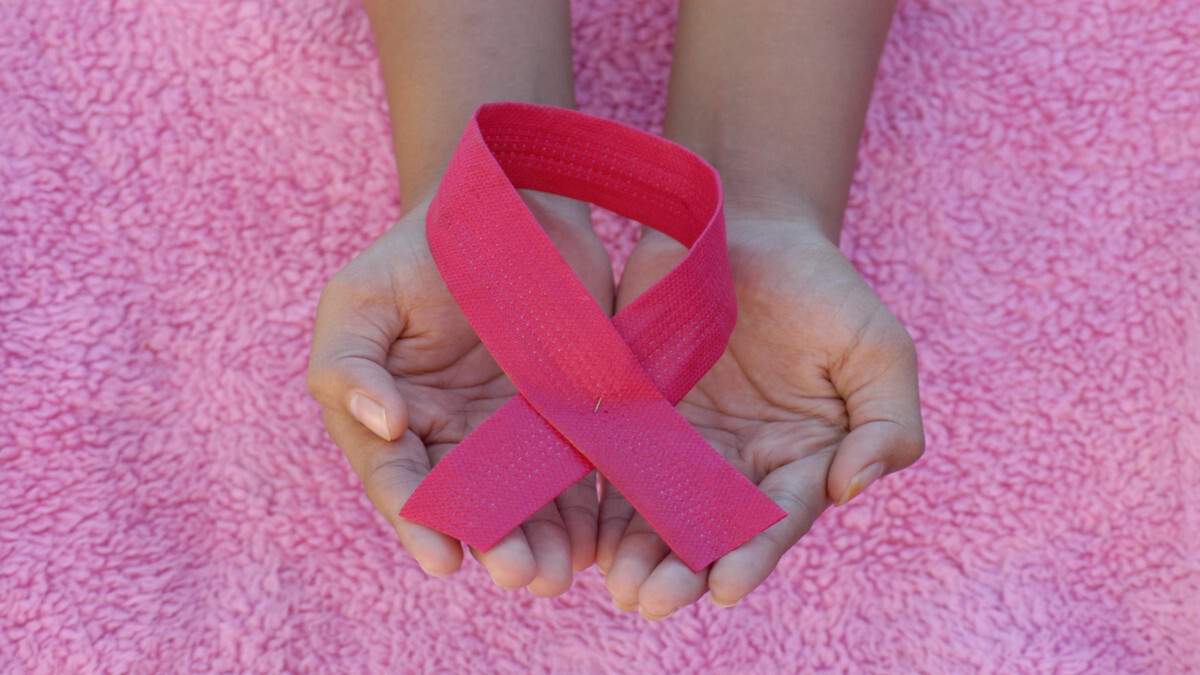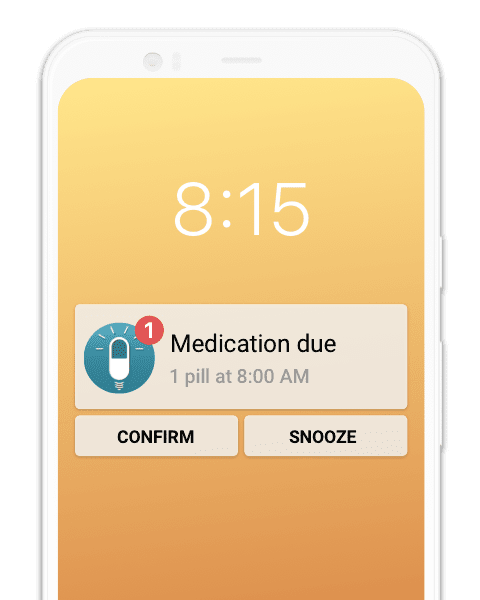Breast cancer is most common cancer in women and the most deadly, ranking first among female cancers and second among all cancers. There is some hope on the horizon: breast cancer mortality rates are falling in all age groups. However, the battle is far from over and, in order to better fight this disease, we must remain vigilant and learn about it in order to detect it as early as possible. On the occasion of Pink October, breast cancer awareness month, we suggest you learn about this disease, in order to better protect yourself and your family.
Breast cancer: What You Need To Know
Breast cancer most often manifests itself as a lump or bump in the breast. Other possible signs are as follows:
- an inverted nipple (turned inwards)
- a crust, scab or eczema-like symptoms on the nipple
- nipple discharge
- a change in the size or shape of the breast
- a lump or swelling in the armpit
- dimpling or folding of the skin (thickening or dimpling of the skin, sometimes called 'orange peel')
- redness, swelling or increased heat in the affected breast
The breast is made up of mammary glands grouped into lobules, milk ducts and adipose (fat) tissue, and it is in these cells that the cancer forms, in several distinct solid tumours. In the initial stage, the cancer cells are located only in the milk ducts or lobules. This is called in situ cancer. If detected before the surrounding tissue is invaded, the cancer cells will be removed and will not be able to spread. Usually, in situ cancers are diagnosed by mammograms because they do not form a mass. However, when the cancer cells escape from the breast duct or lobule, the cancer becomes "invasive", but it is still curable in most cases if detected early.
Risk factors :
- Age (breast cancer can occur at any age, but the risk increases with age).
- Family history (especially of mother, sister or daughter. diagnosed pre-menopausal or with breast cancer where BRCA1 or BRCA2 mutations are involved).
- Family history of ovarian cancer.
- Previous breast disease and abnormal cells detected by biopsies.
- No pregnancy or first pregnancy after age 30.
- Early menstruation or late menopause.
- Dense breast tissue.
- Taking hormone replacement therapy (combined estrogen and progestin) for more than 5 years.
Means of prevention:
- Do not smoke and avoid second-hand smoke.
- Eat 5 to 10 portions of vegetables a day. It is recommended to choose foods rich in fiber and low in fat.
- Limit alcohol consumption. Having one or more drinks a day is associated with a slight increase in breast cancer risk.
- Exercise regularly and maintain a healthy weight.
- Consult your doctor following any change in the condition of your breasts.
Screening measures :
- Have a mammogram every two years for women aged 50 to 69. From 40 to 49 years of age, discuss with a doctor the personal risk of breast cancer and the advantages and disadvantages of mammography. Women over 70 should receive individualized advice on screening from their doctor.
- Have a clinical breast examination at least every two years from the age of forty.
- Get to know your breasts and report any changes to a doctor.
Breast self‑examination:
Breast self-examination consists of examining your breasts yourself to ensure that there are no temporary or persistent abnormalities that should lead to a medical visit.
This examination is not intended to be a self-diagnosis and is not a substitute for a medical visit: the aim is not to determine whether you have cancer, but to detect any abnormality at an early stage so that you can consult a doctor early enough to benefit from effective treatment in case of a problem.
It is also important not to panic if a lump, pain or inflammation is detected during the self-examination, as there are many non-cancerous conditions that may be involved. If you detect a lump or experience pain during a self-examination, please ensure you consult your doctor or medical professional.
What is Breast Cancer Awareness Month?
Breast cancer is the most common in women. According to the ACS, there are currently more than 3.5 million breast cancer survivors in the United States alone, this statistic includes women who are undergoing treatment and those who have completed it. For this reason, Breast Cancer Awareness Month or Pink Month has been celebrated since 1983. The reason why it is commemorated during the month of October and not just one day is due to importance of early detection, self-examinations and appropriate treatment.
Each year, WHO joins the breast cancer awareness campaign in October to send the message that breast cancer can be detected and treated effectively. These prevention strategies are aimed at reducing risk to some extent and improving prognosis and survival. The month of October is used to speak up and educate individuals on breast cancer as well as encourage all women to take action and go see a doctor, get a yearly mammogram and perform a monthly breast self-exam.
During the month of October, the renowned pink colour is used to increase the effect of messages on the topic, spread testimonies and also promote vital information.
The International Day to Combat Breast Cancer is also celebrated worldwide on 19 October.



